Re-Discovering Wonder: In Conversation with Fiona Sauder & Matt Pilipiak
It’s been three years since Toronto audiences experienced Bad Hats Theatre’s Peter Pan at Soulpepper’s historic Young Centre for the Performing Arts. But now, a pandemic and a digital production later, the two companies have reunited once again to bring a new yet familiar tale to the stage just in time for the holidays. Their latest rendition of Alice in Wonderland invites audiences of all ages down the rabbit hole in a musical retelling of the classic tale.
Sitting with Matt Pilipiak and Fiona Sauder, the energy in the room was palpable. They’re both juggling several duties on this production: Sauder is not only Bad Hats’ artistic director, they also wrote the script, and are associate directing and performing in the production. Meanwhile, Pilipiak is both the managing and artistic producer, the production’s dramaturg, and, like Sauder, is associate directing and acting in the production. My joke that Bad Hats Theatre should be called “Many Hats Theatre” was met with chuckles and a chorus of, “no, we really should.” Despite meeting with me during a short lunch break in a hectic schedule and a physically demanding production, both artists were visibly excited about the show, all smiles and brightly-coloured cardigans on a rainy winter day.
“There’s nothing like witnessing a child experiencing magic,” said company executive director and Alice co-composer Victor Pokinko before the interview started.
The simple comment condenses a lot of big feelings into less than 10 words. But that’s exactly what the company’s highly-anticipated Alice in Wonderland is all about: big feelings that are actually, at their core, exceedingly simple. And, of course, magic.

The Bad Hats team’s enthusiasm isn’t limited to the thought of reconnecting with their audience. They’re just as excited to be presenting the newest version of the show. This will be the third iteration of Alice in Wonderland: the first production was a digital offering filmed on Soulpepper’s stage, and the second a live, staged run in Winnipeg earlier this year. With every run, the creative team revisits the book, adapting the existing story to find new room to play and grow within the story.
“We think of it like serving up a meal,” Sauder explained. “We have everyone sample it, we find out how it tastes, and then the next time, we add or remove ingredients. It’s really wonderful and useful to have people sample the meal twice, because it’s not the same meal anymore.”
The production, presented by Soulpepper, will feature several of the performers from the digital offering, as well as a multitude of new actor-musicians. All of Bad Hats’ shows keep the magic onstage in real time, with no technical sound cues, just actors and instruments. From the sound effects to the songs, the artists create everything you hear in the show right in front of your eyes.
“We have a really collaborative, ensemble-based process, and everyone who comes and works on the show leaves their own handprints,” Pilipiak said. “For example, in Winnipeg, we had these two amazing clarinetists on the show, so clarinet found its way into Alice in a way it never had before. So then for the Toronto show, we found ourselves going, ‘God, now we need to find a clarinet because the show needs a clarinet!’ And it felt like a sacrifice to only have one clarinetist and not two.”
“When we look back on Peter Pan, we can see all of these little handprints from the people who touched different parts of the show,” he continued. “And now we’re starting to see that with Alice as well: with every iteration, with every new artist-musician, we learn something more about each part. We’re starting to see each character become a fuller, truer version of itself as more and more voices and brains contribute to them.”
“That was what was so interesting about doing a digital production of what was really the first completed draft of Alice,” Sauder agreed. “We can go back and actually watch a time-stamped version of the choices we made at that time. It’s sort of horrifying — we were so young! It’s weird to think that so many people saw that iteration of the show. But it’s also awesome to think about those people who can now return to the show, live in Toronto, to have a new experience. We now have tangible material to reflect on, and that helps fuel our future iterations.”
We’re starting to see each character become a fuller, truer version of itself as more and more voices and brains contribute to them.
The 2021 digital adaptation of Alice in Wonderland was Bad Hats’ first ever production designed for the screen. Filmed on stage at the Young Centre for Performing Arts, the filming process presented plenty of opportunities and challenges.
“It was like coming to the bottom of a mountain, and someone went, ‘you’ve climbed a mountain before, go ahead,’” Sauder said. “And we were like, ‘yeah, sure, we’ve seen a mountain, we know what mountains are. We’ve seen movies and we do theatre, we can definitely film stuff.’ And then we would get to a base camp on the mountain and realise, oh, there’s a lot more mountain up there. And then we’d realise that the mountain isn’t even a mountain, it’s actually a valley. Or a rainforest. The terrain would just change under us all the time because we were learning as we went.”
Despite embracing the opportunities presented by Alice’s digital iteration, the entire team wanted to maintain the spirit of their productions: creating a sense of wonder onstage.
“I definitely think there are children who are going to leave this show and realize that all you need to shrink or grow are a couple of chairs,” Sauder said.
“We really want kids to be able to see our productions and recreate them at home,” Pilipiak explained. “So even though we did use some camera tricks, we didn’t want to incorporate anything so highly technical that it wasn’t repeatable in someone’s living room. In Peter Pan, all of the flying was done through lifts. Just lifting someone up. And we would have kids in the lobby after the show, with their parents lifting them up so they could fly too.”
“We like to think of our shows sort of like close-up magic, but we show you our hand,” Sauder chimed in. “The audience gets to see all the tricks. We’re still creating magical images, and there are plenty of surprises. But we’d like to let the audience peek behind the curtain, and see all of the gears in the machine working.”
“We want to create a kind of language that says ‘you can do this,” Pilipiak said. “You can imagine it, and you can play it at home.’”
Now, back on Soulpepper’s stage, they’re making new discoveries and finding new ways to bring magic into the space. This iteration of Alice in Wonderland will take place in an alleyway stage, an experience that may be new for many of their audience members. I was personally thrilled by the news: in a city of almost exclusively proscenium stages, I love when theatres change their configuration to present a new style of theatre. For the team behind Alice, the choice to use an alley instead of working in a thrust or in the round was an easy one.
“What we’re trying to do with our family shows is create a coherent experience for everyone,” Pokinko said. “There’s nothing more joyful than watching children experience magic. That’s the joy of working in [an alley configuration]: being able to see the audience across from you, and the glowing faces of kids – and kids at heart – as they see the magic of the show.”
There are children who are going to leave this show and realize that all you need to shrink or grow are a couple of chairs.
“Watching a child witness magic reminds us of how we all felt at that age,” Sauder added. “But I find it especially beautiful when you see a child sitting next to a middle-aged person, and they both gasp and react at the same time. It makes you realize that we are all, in fact, the same age in some ways. We’re all open to the same magic and delight and stories in the same way we were when we were five or ten. That’s really what our work is all about.”
“And there’s an intimacy and an immediacy about an alley stage,” Pilipiak continued. “We’re so used to that proscenium, which, to me, is what screen is. But if we’re doing theatre, we want to ask, what’s different about it? What can we do that film and TV can’t? In alleyway, you’re allowing the audience to watch each other while watching the show. They can literally see other people lost in that sense of wonder, and I just find it so exciting.”
For the Bad Hats team, the return to Soulpepper feels like a homecoming.
“We’ve really missed being at Soulpepper with the audiences who have supported us so much,” Sauder confessed.
“This will now be three years since we’ve seen our audience,” Pokinko added. “Around 12,000 people saw the digital version, and another four or five thousand saw the show in Winnipeg, but for those audiences who first saw Peter Pan at Soulpepper and have kept coming back? It’s been a while. We’ve missed the gratification of doing a show for people we feel like we know, and who we love. So we’re so excited to be back where it feels like home, and to laugh and cry and just reunite with our audiences.”
Alice in Wonderland marks the second installation in what will soon be a trilogy of work. Starting with Peter Pan in 2015, Bad Hats Theatre has developed a series of family-friendly plays about childhood and what it means to grow up. For Sauder, who wrote Alice and co-wrote the book for Peter Pan, the shows take well-known stories and recreate them for a contemporary audience.
“Peter Pan explores that moment where we realize we can choose to become an adult, to grow up,” they told me. “Alice in Wonderland examines the moment on the other side of that choice, asking ‘what does growing up look like?’ How do I maintain my identity and my childhood wonder as I grow into a world that demands I stop wondering? Then the last show will be based on Narnia, which explores saying goodbye, and how our stories live on in the magic of memory.”

“A big part of our adaptation work is taking these beloved stories that have been told for generations and picking them apart,” Pilipiak said. “We get to ask, what do we love about this? What really holds up now? What is the beating heart of the story that draws people back after all this time? And then we also have the really fun work of identifying what we hate about it! We’re able to reimagine these stories without including anything that’s dated while maintaining the soul of the story. We have the opportunity to create a new version of the classic story that will resonate now, in 2022.”
When asked about the relevance of Alice in Wonderland for a contemporary audience, the team didn’t hesitate to answer.
“At its essence, Alice in Wonderland is a story about a young person who is in discord with the world,” Sauder said. “There are so many children out there, so many people of every age, really, who are at odds with the world. Alice is a story that really asks why things are, and why we’re not doing something different.”
“A big part of our adaptation centres around Alice herself,” Pilipiak added. “We’re not interested in having this nice, polite girl who is sort of a voyeur in this whirlwind journey. So we asked ourselves, who is Alice? What are her curiosities, what questions is she asking, and who is this fiery young person today, now?”
“It’s a really unique, contemporary take on the story that starts in a classroom in Canada in 2022,” he continued. “So while audiences will recognise a lot of what they loved about the original, I’m really excited for all the surprises along the way.”
As I packed my bag and reluctantly prepared to exit the warm theatre, Sauder noted that the show’s impact isn’t limited to audiences. The entire artistic team has felt the effects of the production’s energy and message through every iteration.
“There’s so much joy in the world right now, despite everything,” they said. “And that’s what we want in our productions. These are difficult shows: we sweat buckets, there’s a billion scenes, and we’re just flying around. But we laugh through every rehearsal, all day every day. We’re so lucky. We’re so joyful. And we can’t wait to show it to people.”
Alice in Wonderland, a Bad Hats Theatre production presented by Soulpepper, runs at the Young Centre for the Performing Arts December 10, 2022 – January 7, 2023.

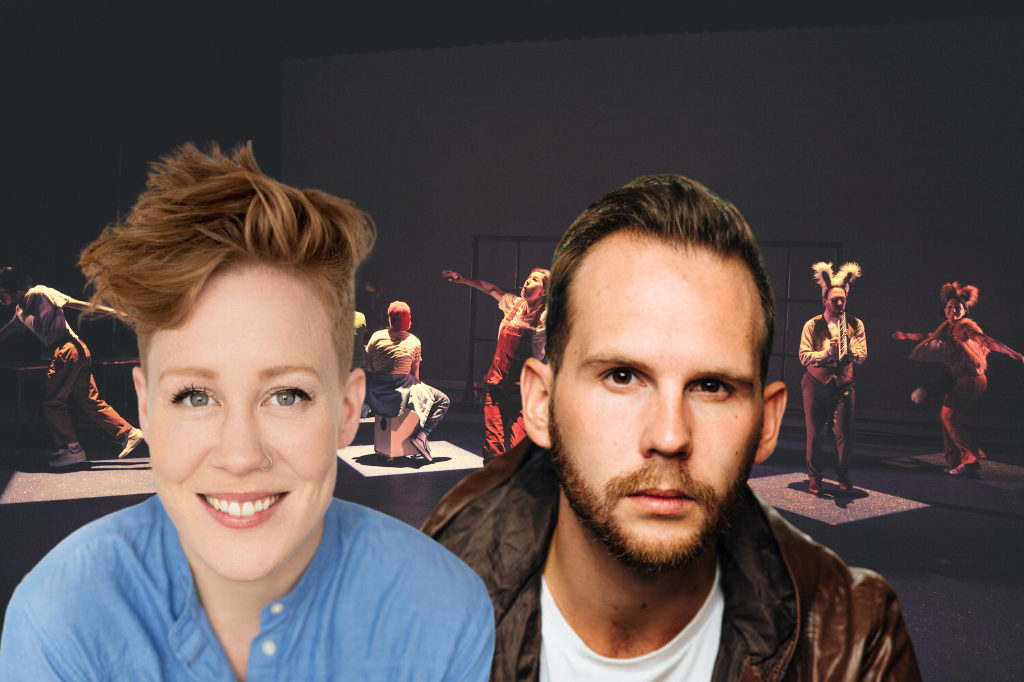
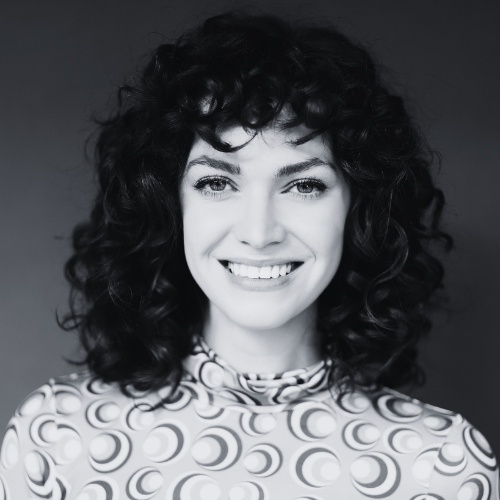
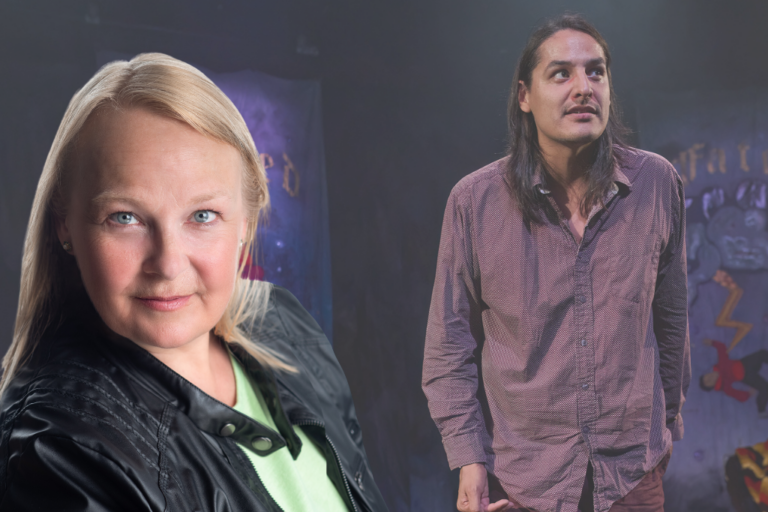
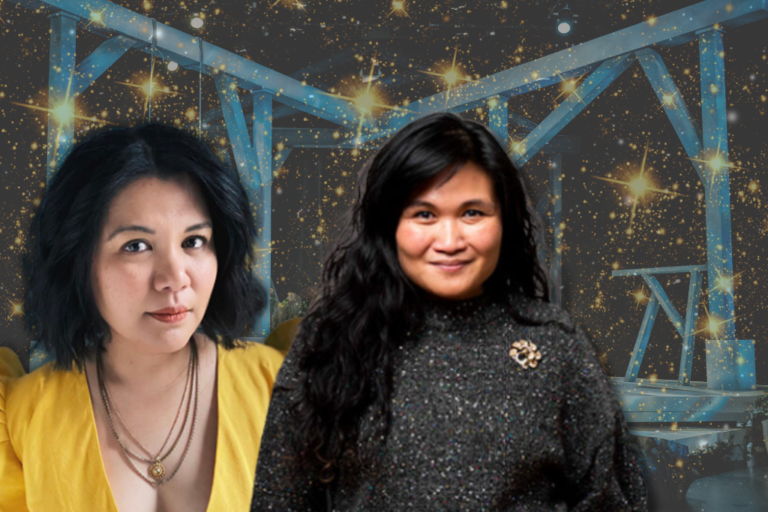
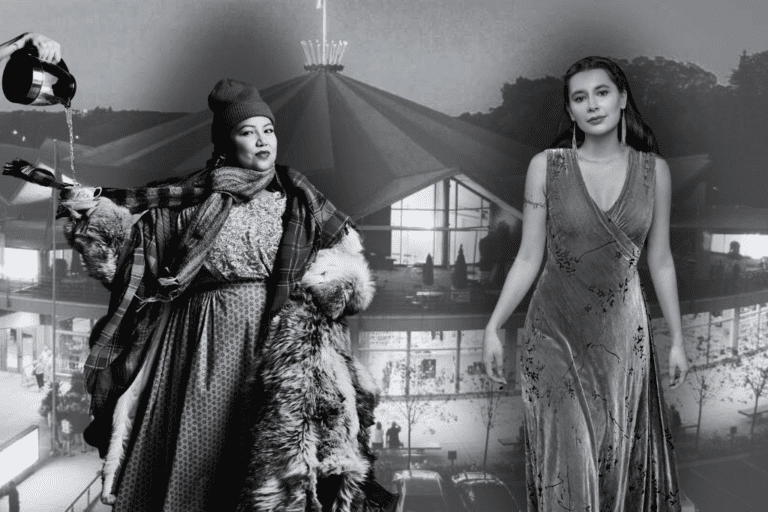

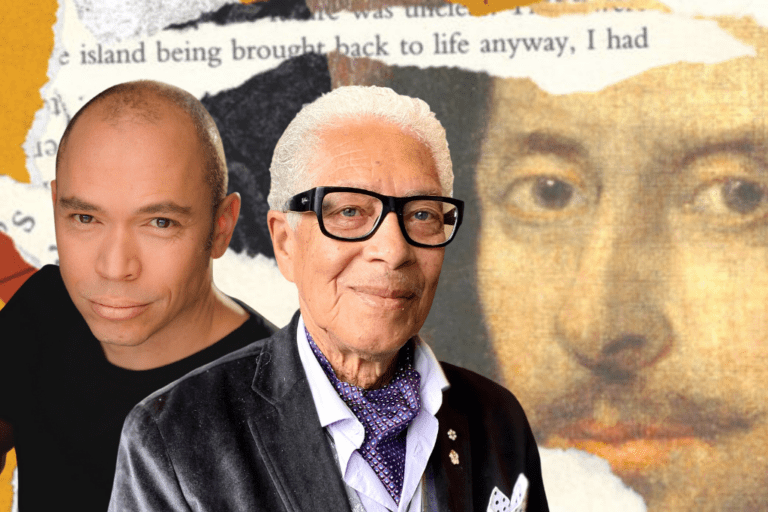
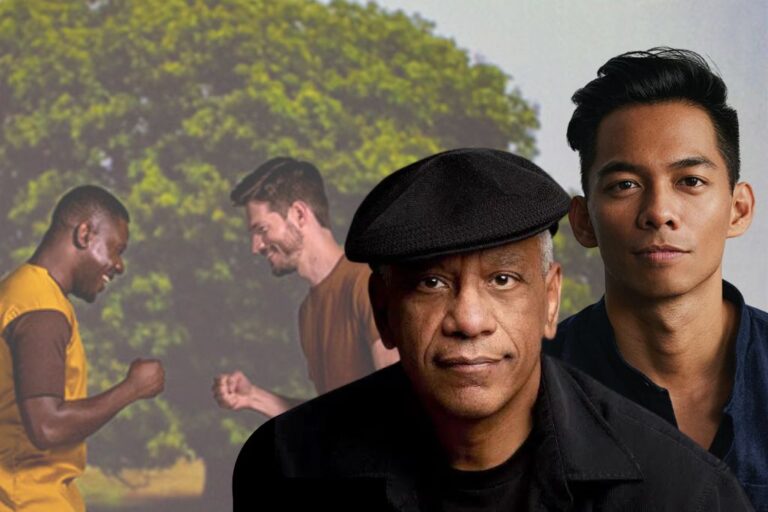
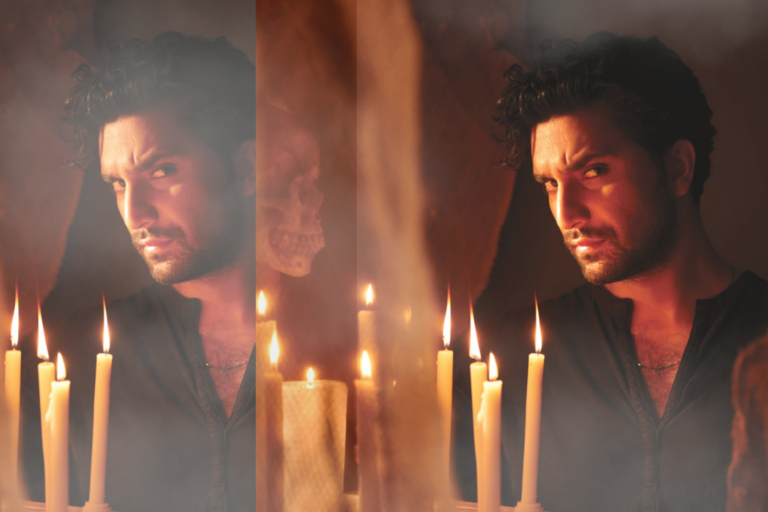

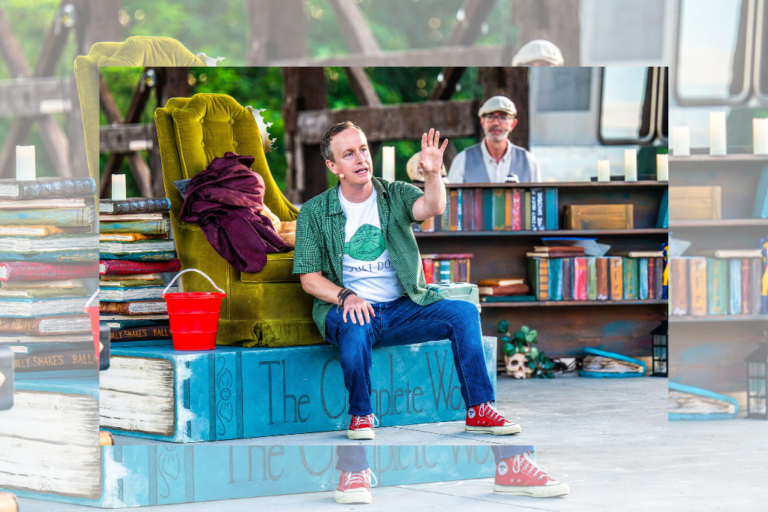
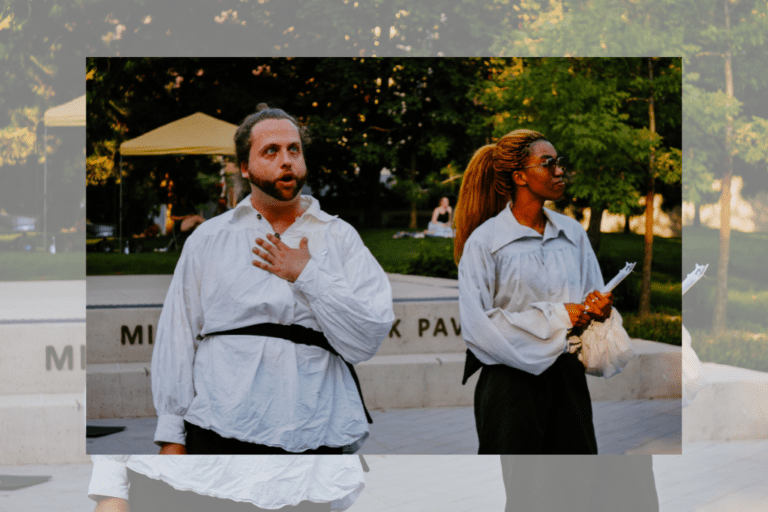
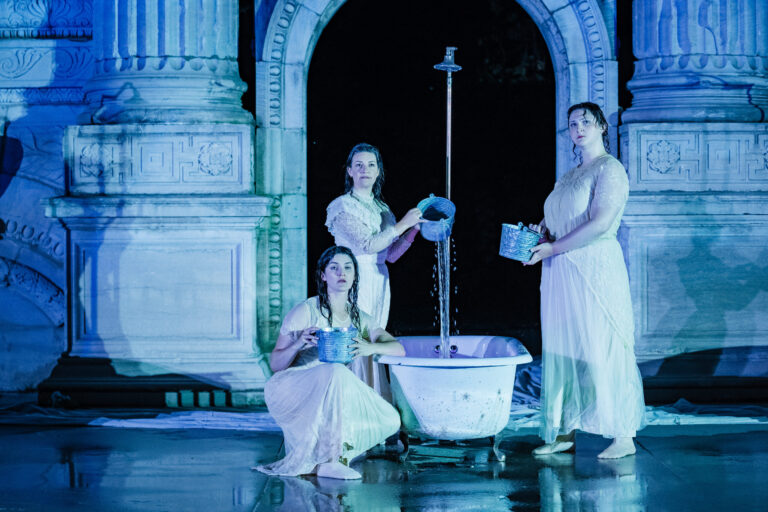
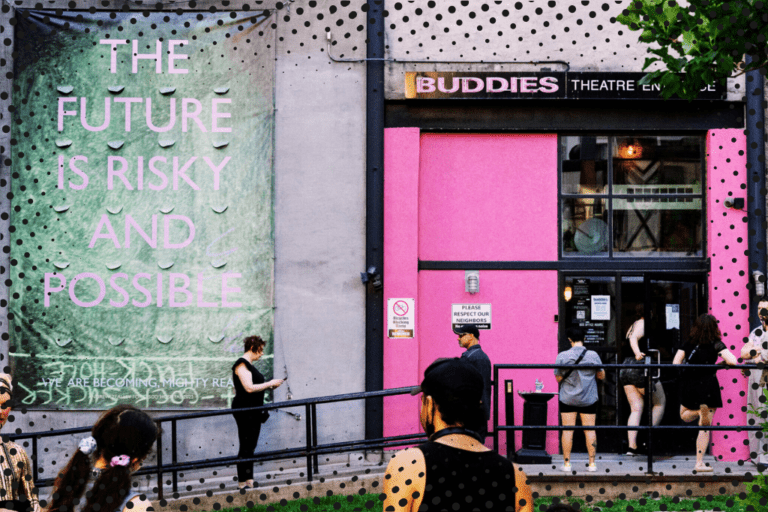
Comments